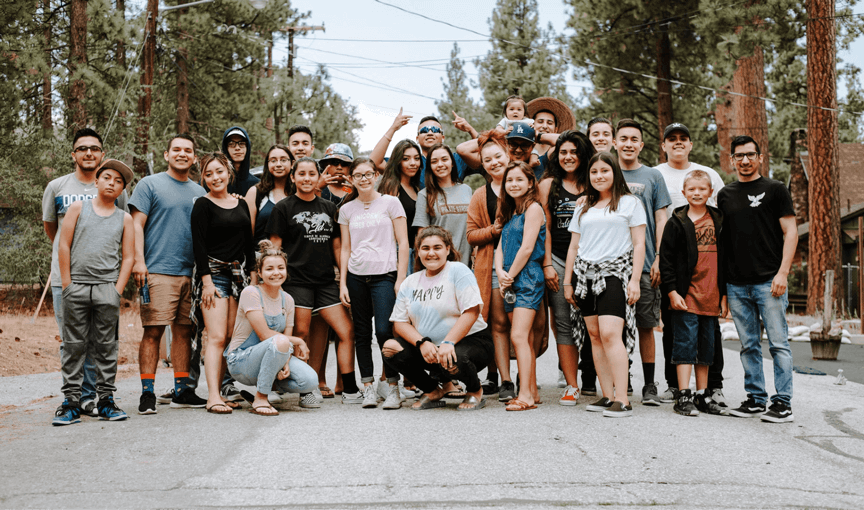In today's challenging world, students must be equipped with skills to thrive in future endeavors. Simulations offer them a glimpse of life's hurdles, empowering them to adapt, innovate, and use those skills to become changemakers who drive meaningful transformation.
My innovation is a dynamic project tailored to fit either a week or a month, depending on the time available. It’s divided into key stages that empower students to develop research, digital, creative, and collaboration skills while achieving remarkable outcomes.
I’ve shared detailed insights in my GIFT presentation on YouTube and the Global Schools Program blog post, but here’s a snapshot of the process:
- Week 1: Market Research—students analyze trends and identify opportunities.
- Week 2: LEARN Technique (Launch, Engage, Attend, Read)—a framework to structure their approach.
- Week 3: Marketing and Preparation—crafting strategies and readying for execution.
- Week 4: Implementation and Feedback—putting plans into action and reflecting on outcomes.
This multi-step approach doesn’t just teach concepts; it sparks innovation, critical thinking, and teamwork, shaping students into changemakers ready to thrive in a rapidly evolving world.
Our initiative is spreading across Libya, evolving into a pioneering concept of bake sales and bazaar weeks. By introducing it in various professional development sessions, we’ve demonstrated how such activities can ignite engagement, foster creativity, and build a sense of community.
The process is simple yet transformative, supported by a detailed project proposal I've created to guide every step. With this resource, the path becomes clear, empowering participants to embrace collaboration, creativity, and innovation effortlessly. Each step is designed to not only achieve the project’s goals but also to spark inspiration and growth among students, educators, and the community.



